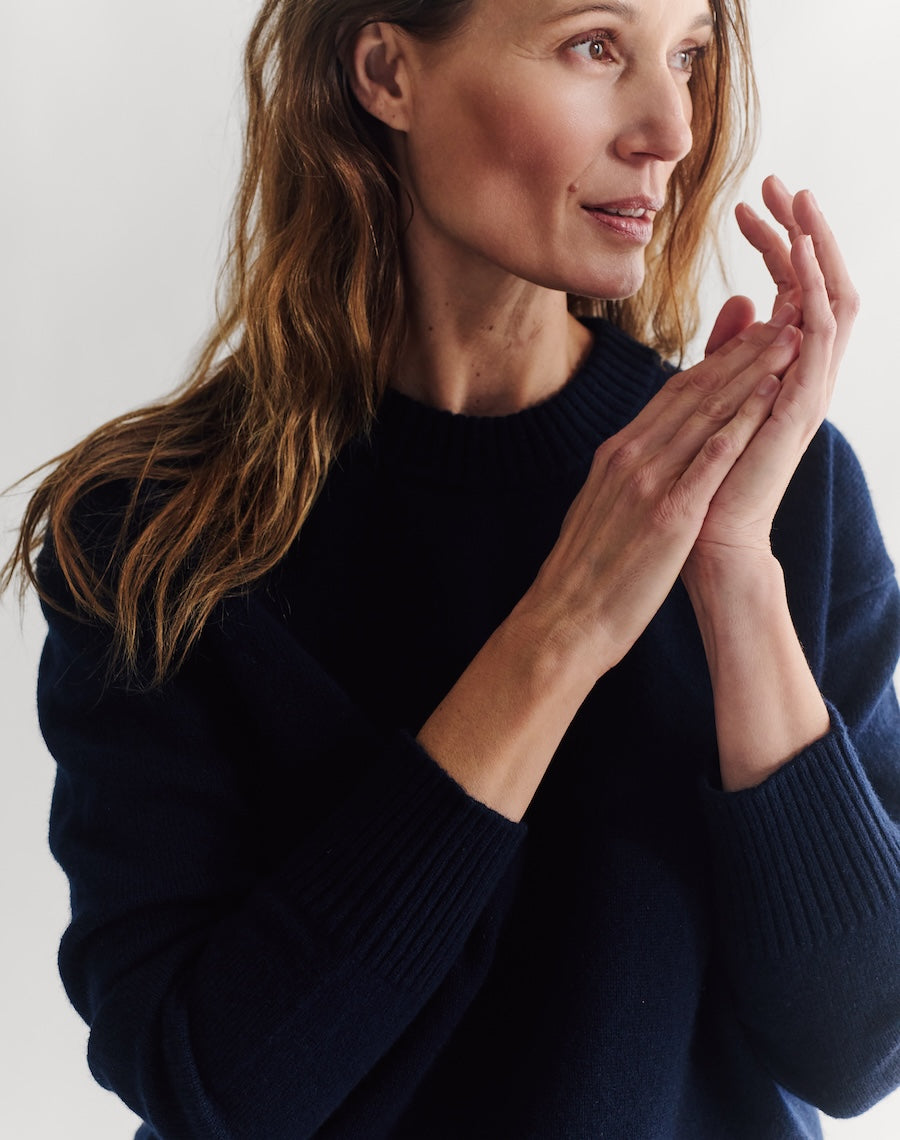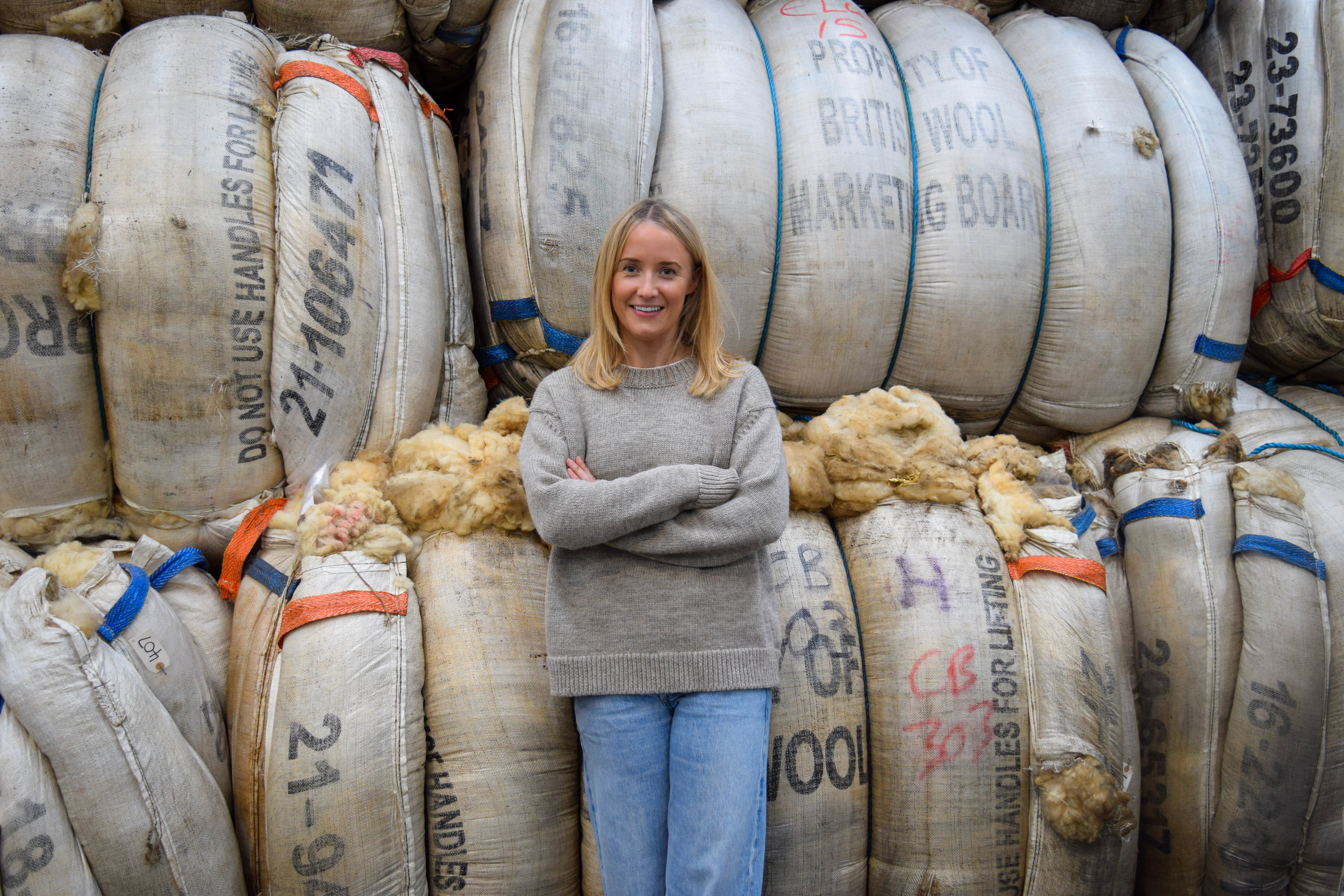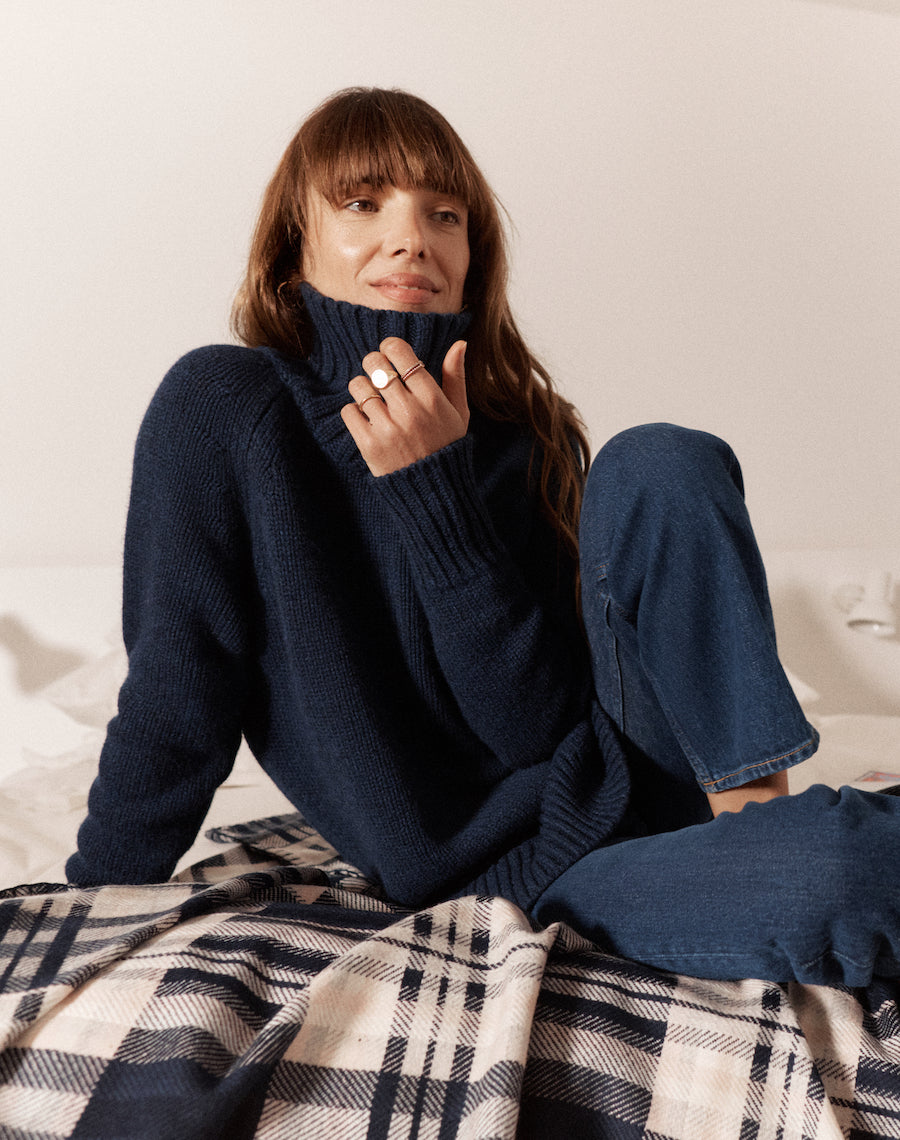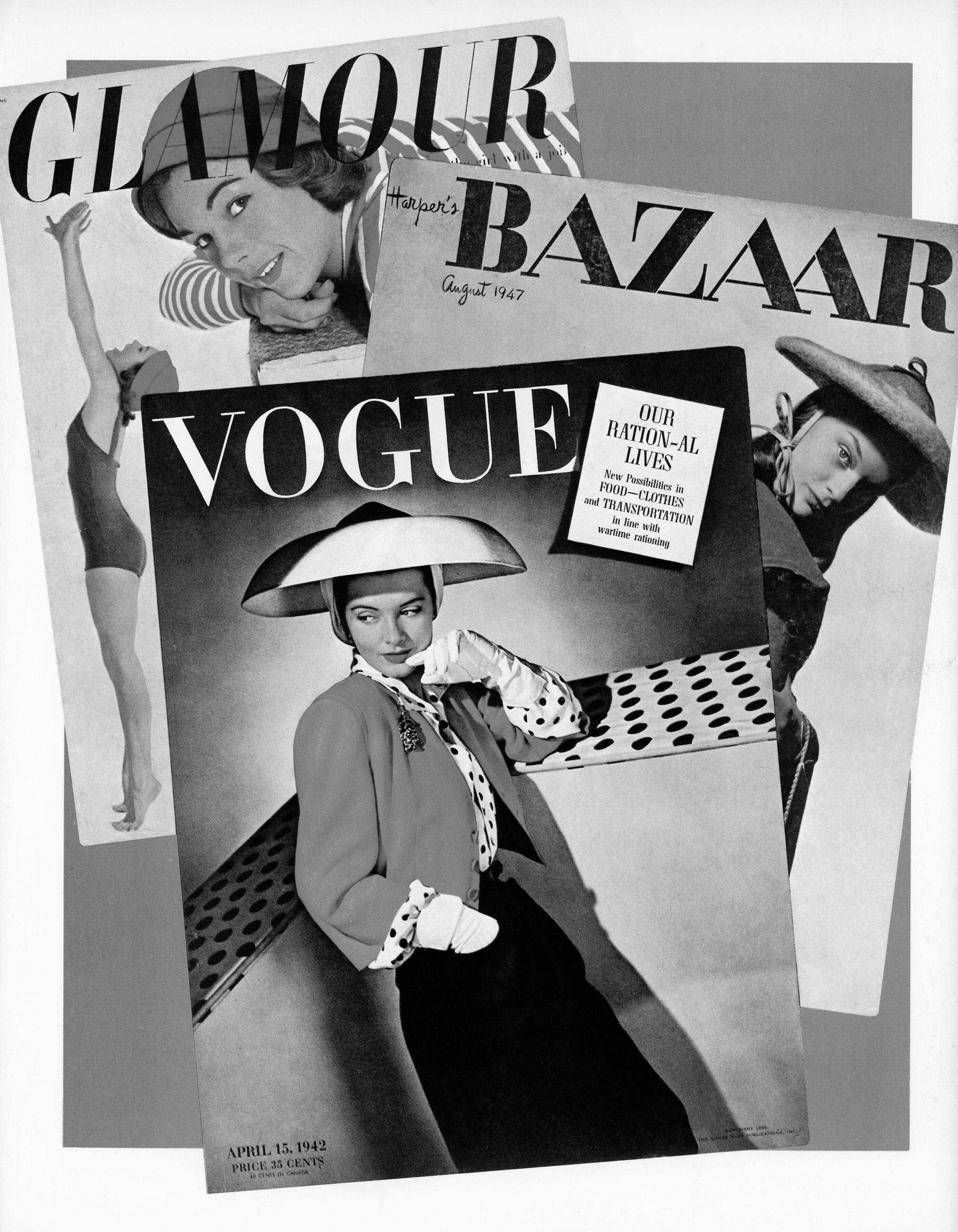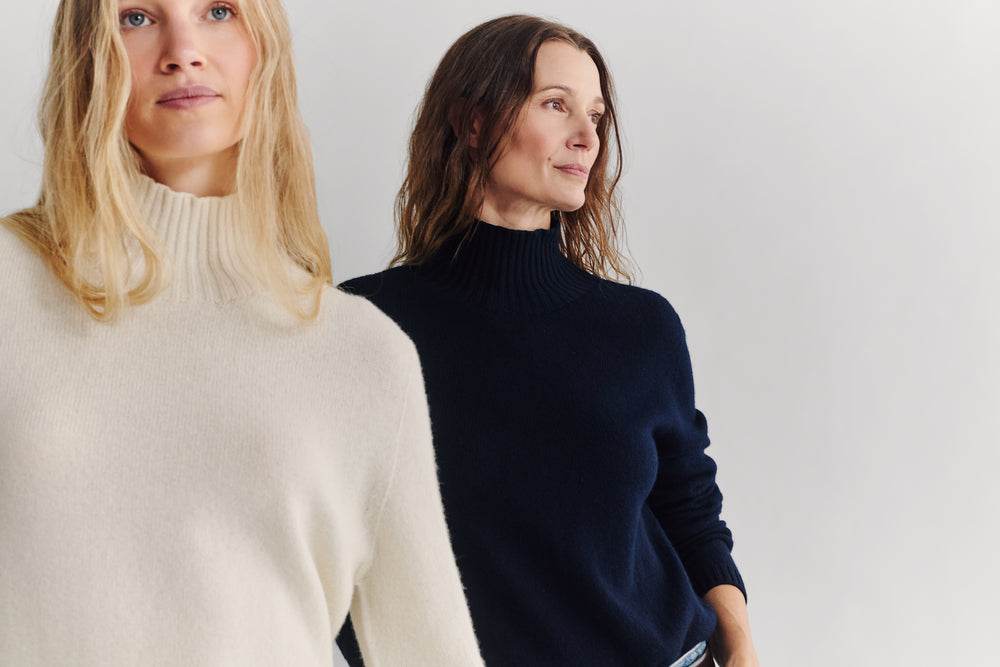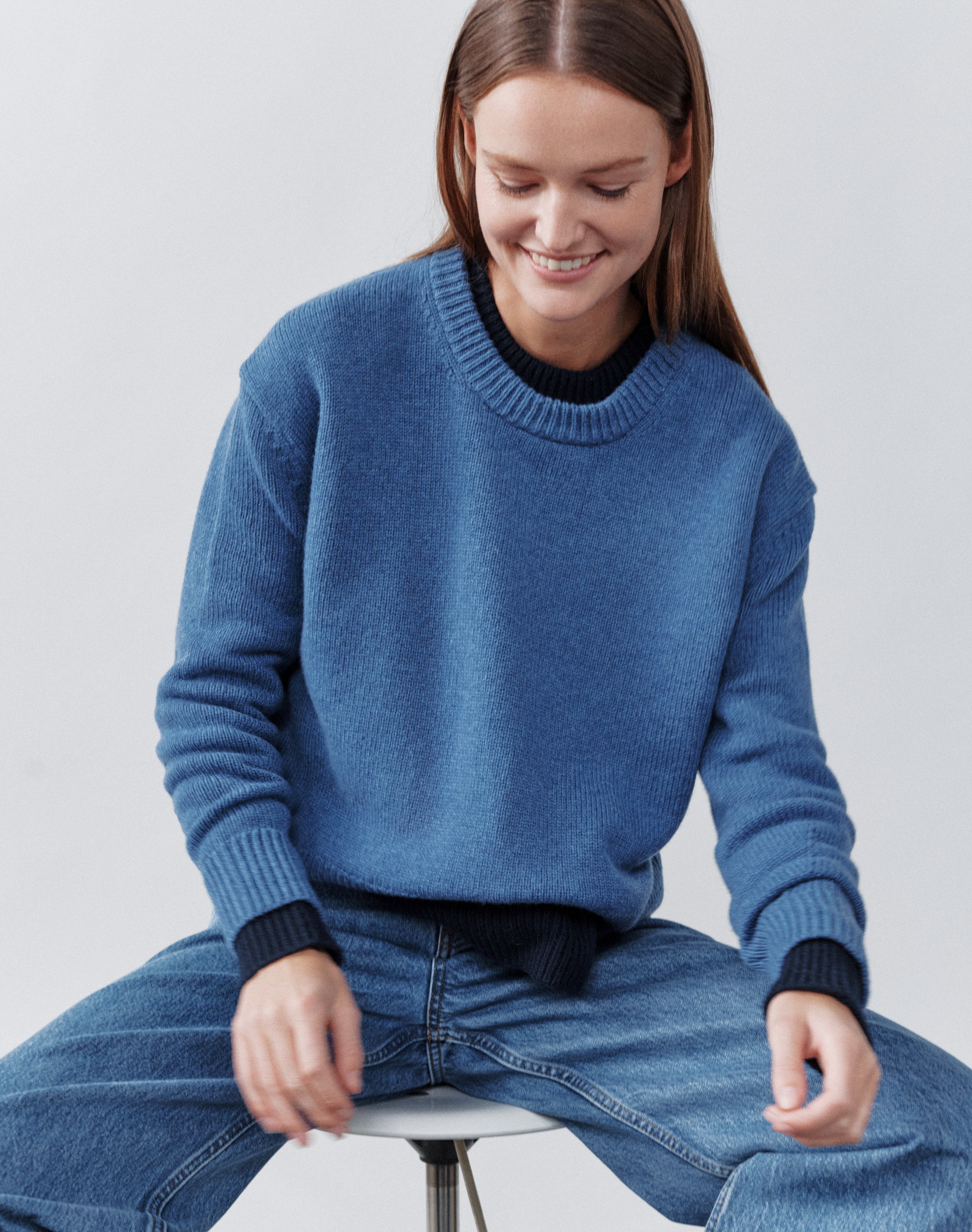“It is now said that fashion’s goose is properly done in, for want of the best butter. But fashion is indestructible and will survive even margarine coupons… You cannot ration a sense of style.” Audrey Withers, Vogue editor, 1940 - 1960.
This week, we pay homage to wartime fashion. From clean lines to ‘make do and mend’, there’s a lot we can learn from the 1940s.
Ration fashion
Then: Clothing, shoes and materials were rationed from 1941. If you bought a garment or fabric, you’d need to hand over ration coupons as well as money. At the start of clothes rationing, you could expect 66 coupons for the year, but that allocation shrunk as the war raged on. 11 coupons were needed for a dress and two for a pair of stockings, so people had to make difficult choices over what to buy.
Now: Swap impulse buys for considered choices. One pair of good quality jeans that fit like a dream is better than three ‘OK’ pairs. Home couture
Home couture
Then: Long before ‘genius hacks’ hit Instagram, wartime women were finding clever ways to overcome the challenges of rationing. You may have already heard of gravy stockings with pencil seams. How about beetroot-stained lips or boot polish mascara?
In a similar vein, women adapted what they already owned. Plain items were embellished with embroidery, new pockets or elaborate detailing. Patterns for homemade jewellery, collars and accessories were often printed in newspapers and magazines. Innovation was key. Women who worked in aircraft factories were even known to made bracelets and earrings from scraps of windscreen plastic.
Now: If you’ve fallen out of love with a garment, consider whether it could be given a new lease of life.
Utility wear
Then: The government launched a utility clothing scheme to make sure people could buy better quality, longer-lasting fabrics and clothes at an affordable price. Fabrics were made in large quantities so were more efficient to produce.
Now: Choose quality over quantity. Look for well-made clothes made from natural materials and they’ll last you for years to come. For example, our jumpers - traceable from sheep to sweater and certified by the Responsible Wool Standard - or this suit - made with wool from Yorkshire.
Austerity clothing
Then: New clothing rules were brought in to reduce material. Most of these affected men – who could no longer buy double breasted suits or turned up trousers. The rules aimed to save around 5 million square metres of cotton per year, but they weren’t popular. To boost morale, some of the UK’s leading designers were approached to create a range of affordable utility clothes that met the new austerity rules. The result was 32 stylish outfits with streamlined silhouettes and sharp tailoring.
Now: There’s something to be said for clean lines and simple designs. At times, less can most definitely be more. Blackout fashion
Blackout fashion
Then: As streetlights went out, traffic collisions rose. It grew ever more important to be seen in the dark. The government encouraged people to wear lighter clothes at night. Women also bought glow-in-the-dark buttons and other luminous accessories.
Now: You don’t have to swap your buttons, but you do need to make sure you’re visible to traffic at night. That might mean a reflective running jacket. Or it might just mean investing in a decent head torch.
Make do and mend
Then: With fabric, buttons, rubber, leather and other clothes-making materials in short supply, the government launched a campaign to ‘make do and mend’. Holes were darned. Seams were let in or taken out. Dresses were upcycled into blouses. Women adapted their husband’s clothes to fit themselves or made new garments from non-rationed fabric, such as cheesecloth and butter muslin. Old silk parachutes were even transformed into wedding dresses or lingerie.
Now: As you might guess, we love the make do and mend mantra at Navygrey. Clothes should last far longer than one or two seasons. That means appreciating the clothes you have and taking care of them. And yes, sometimes it means sewing a button back on, darning a hole or having a charity shop treasure tailored to fit. Clothing exchanges
Clothing exchanges
Then: The Women's Voluntary Service (WVS) launched a clothing exchange initiative, where parents could swap their children’s outgrown clothes.
Now: Why not organise a clothes swap with friends? You could raise money for charity by auctioning popular items or charging a small amount for each piece.
Knitting for Britain
Then: With so many clothing factories given over to the war effort, women needed to sew or knit more of their own accessories. Socks, gloves and hats were also knitted for men away fighting.
Now: Wool is warm, soft, breathable and water-repellent. If you fancy trying your hand at knitting, it’s worth looking online for tutorials. We like this one from Wool & The Gang. Or why not see if someone local would be interested in sharing their skills?
